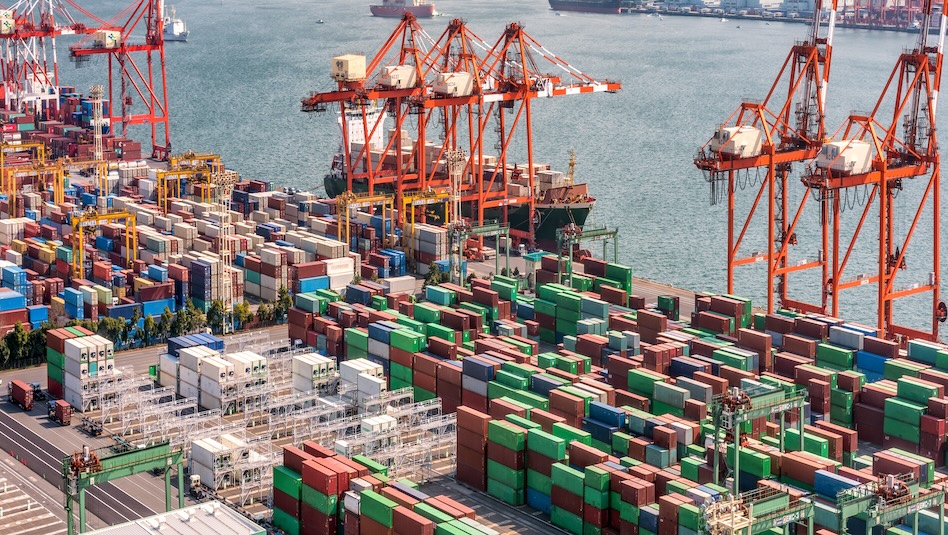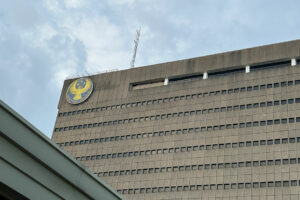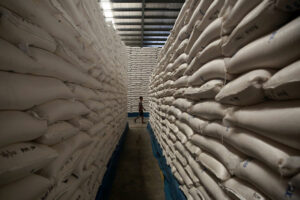Lawmakers should avoid compromising the proposed P6.793-trillion national budget for next year through congressional insertions, which could undermine the Philippines’ fiscal consolidation efforts and hamper growth prospects, analysts said on Tuesday.
President Ferdinand R. Marcos, Jr. on Tuesday received a copy of the 2026 National Expenditure Program (NEP) from Budget Secretary Amenah F. Pangandaman during a ceremonial turnover at Malacañan Palace.
The record PHP 6.793-trillion spending plan for 2026 will be formally submitted to Congress today (Aug. 13). It is 7.4% higher than this year’s national budget, and is equivalent to 22% of the country’s gross domestic product (GDP).
With the theme “Agenda for Prosperity: Nurturing Future-Ready Generations to Achieve the Full Potential of the Nation,” the Palace said next year’s budget “will build on the solid foundations laid over the past three years of (Mr. Marcos’) administration.”
John Paolo R. Rivera, a senior research fellow at the Philippine Institute for Development Studies, said the 2026 budget will be pivotal in funding the Marcos administration’s priorities at the midpoint of his six-year term and is critical to keeping the reform agenda on track.
“A well-prioritized budget can spur infrastructure, social protection and job creation. But if questionable insertions divert funds from high-impact projects, they could dilute growth momentum and make fiscal targets harder to hit,” he said in a Viber message.
“Any misallocation at this point could slow the country’s trajectory and make catching up in the last two years far more difficult,” he added.
Next year’s budget is expected to face more public scrutiny after the 2025 national budget was hit with allegations of fund diversions, blank line items by the Executive and concerns over outsized public works allocations.
In his State of the Nation Address, Mr. Marcos warned Congress that he will not sign any General Appropriations Act (GAA) that is “not fully aligned” with the NEP.
“I am willing to do this even if we end up with a reenacted budget,” Mr. Marcos said.
However, Ms. Pangandaman earlier told BusinessWorld that a reenacted budget would hurt the economy and will force the government to fund projects that are not aligned with its 2026 plans.
“The 2026 budget will be pivotal because it’s the main vehicle for translating the administration’s growth and fiscal consolidation goals into concrete programs,” Mr. Rivera said.
The government is targeting 5.5-6.5% GDP growth this year, and 6-7% growth from 2026 to 2028. It also aims to bring down the debt-to-GDP ratio to 60.4% by the end of 2025, and to 56.9% by 2028.
Next year’s spending plan will also be key to how the Marcos administration navigates risks from shifting global trade dynamics, such as the US tariff policies, said Reinielle Matt M. Erece, an economist at Oikonomia Advisory and Research, Inc.
The US began to impose higher tariffs on most of its trading partners starting Aug. 7. A 19% tariff was slapped on goods from the Philippines, Indonesia, Cambodia, Malaysia and Thailand.
“The 2026 budget and how it is utilized will describe how the administration manages the economy through harsher economic conditions, especially as trade wars may continue to persist and investor sentiment may continue to be affected by it,” he said in a Viber message.
AJ A. Montesa, advisor at budget watchdog People’s Budget Coalition, said congressional insertions in the proposed national budget may redirect funds away from key administration priorities, channeling it toward lawmakers’ own interests.
“Congressional insertions represent political self-interest outweighing the public good,” he said in a Viber message.
“A single congressman doing it may be or seem harmless, but as a whole, congressional insertions can create an inefficient budget misaligned with long-term national needs,” he added.
The Marcos administration is prioritizing infrastructure, industry development, food security and climate resilience in its spending plan for next year, according to a Budget department briefer on the proposed 2026 spending plan.
The government should increase spending on health, social, education and agriculture, which are seen as “high-yield, high-multiplier and job-generating” sectors, Jose Enrique “Sonny” A. Africa, executive director at think tank IBON Foundation, said in a Viber message.
“The reorientation to more social spending immediately improves people’s lives while generating demand, creating jobs and pressing structural change,” he said.
While the national budget has grown annually, Mr. Africa noted that funding for sectors such as health and education has declined as a share of GDP, raising concerns over the government’s spending priorities.
“The fall in social spending as a share of GDP between 2024 and 2025 has to be reversed — health spending drops from 1.4% of GDP to some 1.1%, education from 4.4% to 4.3%, and social security, welfare and employment from 2% to 1.2%,” he said.
He added that more support should be extended to Philippine businesses, including subsidies, to help spur domestic industrialization. “The government needs to start on a more active domestic industrialization policy.”
“The new budget must target productivity and social well-being to keep the country in its growth path and faster economic activity,” said Mr. Erece.
Jonathan L. Ravelas, a senior adviser at Reyes Tacandong & Co., said in a Viber message, said the government must reconsider its no-new tax policy and weigh fresh revenue measures and improve revenue collections, as the proposed budget increase could exert additional fiscal pressure,
“The 7.4% increase adds fiscal pressure, especially with limited revenue levers,” he said, adding that it’s only sustainable if state spending is “laser-focused” on government priorities.
“The problem with expenditures in the past three years is that its level is as if we are still in a pandemic,” Luis F. Dumlao, an economics professor at the Ateneo de Manila University said in a Facebook chat. “It may be sustained within the next three years within this administration, but it won’t be beyond future administrations.” —Kenneth Christiane L. Basilio, Reporter with Chloe Mari A. Hufana







 DOWNLOAD
DOWNLOAD













